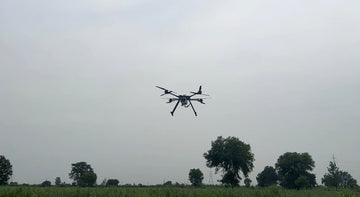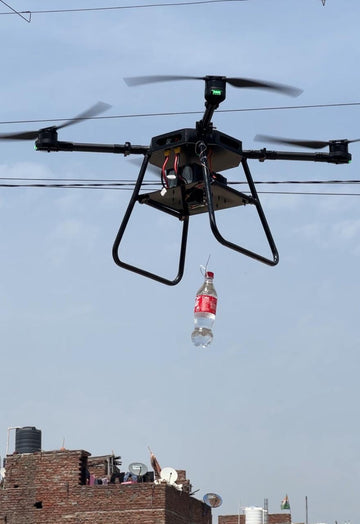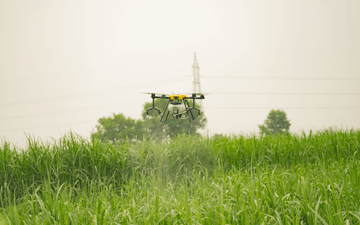How Mind-Controlled Drones Work
Mind-controlled drones operate using Brain-Computer Interfaces (BCI), which translate neural signals into commands a drone can understand. The process involves:
- Electroencephalography (EEG) Sensors – Detect brainwave activity and transmit signals.
- Signal Processing Algorithms – AI interprets brain signals into commands.
- Wireless Communication – Commands are sent to the drone wirelessly.
- Drone Response – The drone executes movements based on the user’s thoughts.
Brain-Computer Interfaces (BCI) and Neural Signals
BCI systems enable direct brain-device communication. Two main types exist:
- Non-Invasive BCI – Uses EEG headsets to detect brainwave signals externally.
- Invasive BCI – Implants electrodes in the brain for higher accuracy.
Brain signals like Alpha Waves, Beta Waves, and Motor Imagery (MI) help control drones.
Applications of Mind-Controlled Drones
- Medical and Assistive Technology – Helps paralyzed individuals and those with neurological disorders.
- Military and Defense – Enables hands-free drone operation in combat zones.
- Search and Rescue – Deploys drones in disaster zones without manual control.
- Entertainment and Gaming – Enhances drone racing and VR experiences.
- Education and Research – Advances neuroscience studies and BCI technology.
Challenges and Limitations
- Accuracy and Signal Noise – EEG signals are weak and prone to interference.
- Training and Adaptation – Users must learn to generate consistent neural patterns.
- Latency Issues – Signal processing delays affect real-time response.
- Ethical and Security Concerns – Risks include hacking and privacy violations.
Future Possibilities
- Improved BCI Technology – More precise and less intrusive detection methods.
- AI Integration – Self-learning drones adapting to brain activity.
- Swarm Control – One user controlling multiple drones simultaneously.
- Medical Rehabilitation – Aiding stroke patients in motor function recovery.
Conclusion
Mind-controlled drones represent a groundbreaking shift in human-machine interaction. As neuroscience and AI evolve, the dream of controlling drones with pure thought is becoming a reality.
Would you fly a drone with your mind? The future is closer than we think!





